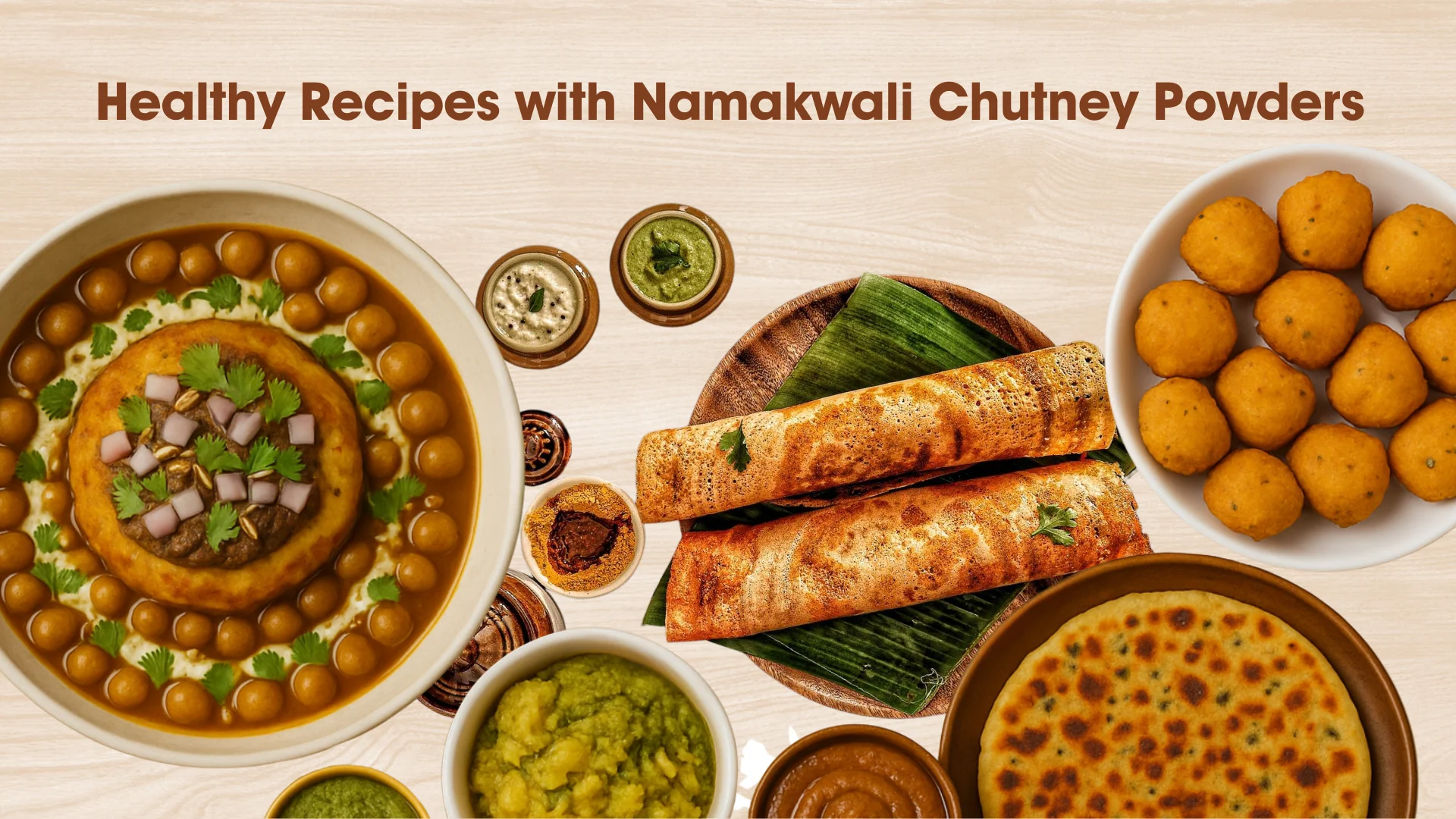Chutney powders, also known as "podi" in South Indian cuisine, are a quintessential element in Indian households. These versatile, dry spice blends are traditionally made from roasted lentils, spices, and sometimes dried herbs or coconut. Designed to add flavor, nutrition, and variety to everyday meals, chutney powders are shelf-stable and easy to prepare or purchase, making them a must-have pantry item across India—and increasingly, around the world.
Origins and Cultural Significance
The word “chutney” originates from the Hindi word “chaṭnī”, meaning to lick or to eat with relish. While chutneys in general can be wet or dry, sweet or spicy, chutney powders represent the dry version, meant to be mixed with oil, ghee, or yogurt before consumption. These powders are especially popular in the southern states of Andhra Pradesh, Tamil Nadu, Karnataka, and Telangana, although variations exist throughout the Indian subcontinent.
Historically, chutney powders were developed as a way to preserve flavor and nutrition in hot climates without refrigeration. Families would roast ingredients like dals (lentils), red chilies, garlic, and tamarind, grind them into powders, and store them in airtight containers. These powders provided a convenient way to add instant taste and spice to plain rice, idli, dosa, or even bread.
Common Types of Chutney Powders
Chutney powders come in a wide variety, with each household or region having its own recipe. Here are some of the most popular types:
- Kandi Podi (Toor Dal Chutney Powder):
Made with toor dal (split pigeon peas), dry red chilies, garlic, and cumin, this is a staple in Andhra households. It's spicy, aromatic, and perfect when mixed with hot rice and ghee. - Idli Podi (Gunpowder):
This is perhaps the most well-known chutney powder outside India. A spicy blend of urad dal (black gram), chana dal (Bengal gram), sesame seeds, and chilies, it’s traditionally paired with idli or dosa, often mixed with sesame oil. - Curry Leaf Podi:
Packed with the goodness of iron-rich curry leaves, this variation is both flavorful and nutritious. Curry leaves are roasted with lentils, chilies, and tamarind, resulting in a tangy, spicy powder. - Flaxseed Chutney Powder:
A modern take with ancient roots, flaxseed podi offers Omega-3 fatty acids and fiber. It combines roasted flaxseeds, lentils, garlic, and spices, appealing to health-conscious individuals. - Dry Coconut Chutney Powder (Copra Podi):
This variety includes dried coconut, tamarind, jaggery, and mustard seeds. It has a slightly sweet undertone and is often enjoyed with rice or chapati.
How to Use Chutney Powders
One of the most appealing aspects of chutney powders is their versatility. They can be:
- Mixed with hot rice and a spoonful of ghee or sesame oil for a quick and tasty meal.
- Sprinkled over idlis, dosas, or upma to add flavor without additional chutney or sambar.
- Blended into yogurt or curd to make a quick dip or side dish.
- Used as a seasoning in sandwiches, wraps, or even western salads and soups for a spicy twist.
These powders are often included in lunchboxes and travel meals due to their long shelf life and ability to elevate simple food.
Health Benefits
While chutney powders are renowned for their taste, they also come with numerous health benefits, especially when made at home:
- Protein-Rich: Most chutney powders are lentil-based, providing plant-based protein ideal for vegetarians and vegans.
- Digestive Properties: Ingredients like garlic, cumin, and asafoetida (hing) help with digestion.
- Iron and Antioxidants: Curry leaves and flaxseeds are rich in iron, antioxidants, and essential fatty acids.
- Preservative-Free (if homemade): Homemade versions are free from additives and preservatives, making them healthier than store-bought sauces.
However, store-bought varieties may sometimes include excess salt or preservatives, so it’s always beneficial to check labels or make your own.
Making Chutney Powder at Home
A basic chutney powder recipe involves roasting lentils (such as urad dal and chana dal) along with dried red chilies, cumin, garlic, and a touch of tamarind or curry leaves. After cooling, the mixture is ground into a coarse or fine powder depending on preference. Salt is added to taste, and it is stored in a dry, airtight container.
Pro tip: Always roast ingredients on low heat to avoid burning and ensure uniform flavor development.
Modern Appeal and Global Reach
Thanks to the global popularity of Indian cuisine, chutney powders have found their way into international kitchens. Indian diaspora communities often rely on podi as a nostalgic taste of home, while adventurous cooks worldwide have embraced these powders for their convenience and punchy flavor.
Today, chutney powders are sold in Indian grocery stores and online platforms in beautifully packaged jars and pouches. Gourmet versions with organic ingredients, low sodium, or fusion flavors (like peanut-coconut or quinoa-flaxseed podi) cater to modern tastes and dietary needs.
Conclusion
Chutney powders are a beautiful example of how traditional food can be timeless, practical, and delicious. With their rich flavors, nutritional value, and ease of use, these humble spice blends continue to be a cornerstone of Indian cooking and a growing favorite among global food lovers. Whether you're looking for a quick fix for dinner, a spicy kick to your lunch, or a way to explore Indian flavors, chutney powders are a worthy addition to your culinary toolbox.

